
Contact us
Our team would love to hear from you.
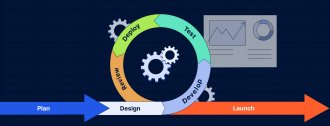
What is Agile methodology? Agile is a whole system of concepts and methods for managing projects. This includes different methodologies that make it easier to handle even the most complex projects and help teams show their product value. Read on to learn what Agile software development is, why a growing number of companies are adopting it, and how it can improve the way you do business.
The typical software development life cycle includes several phases that follow each other: requirements gathering and analyzing → design → development → testing → deployment → maintenance. Such a model is commonly known as Waterfall. This is a classic and comprehensible framework that offers сertainty in terms of timing and budget since costs and deadlines are usually calculated and approved at the start and do not change in the process.
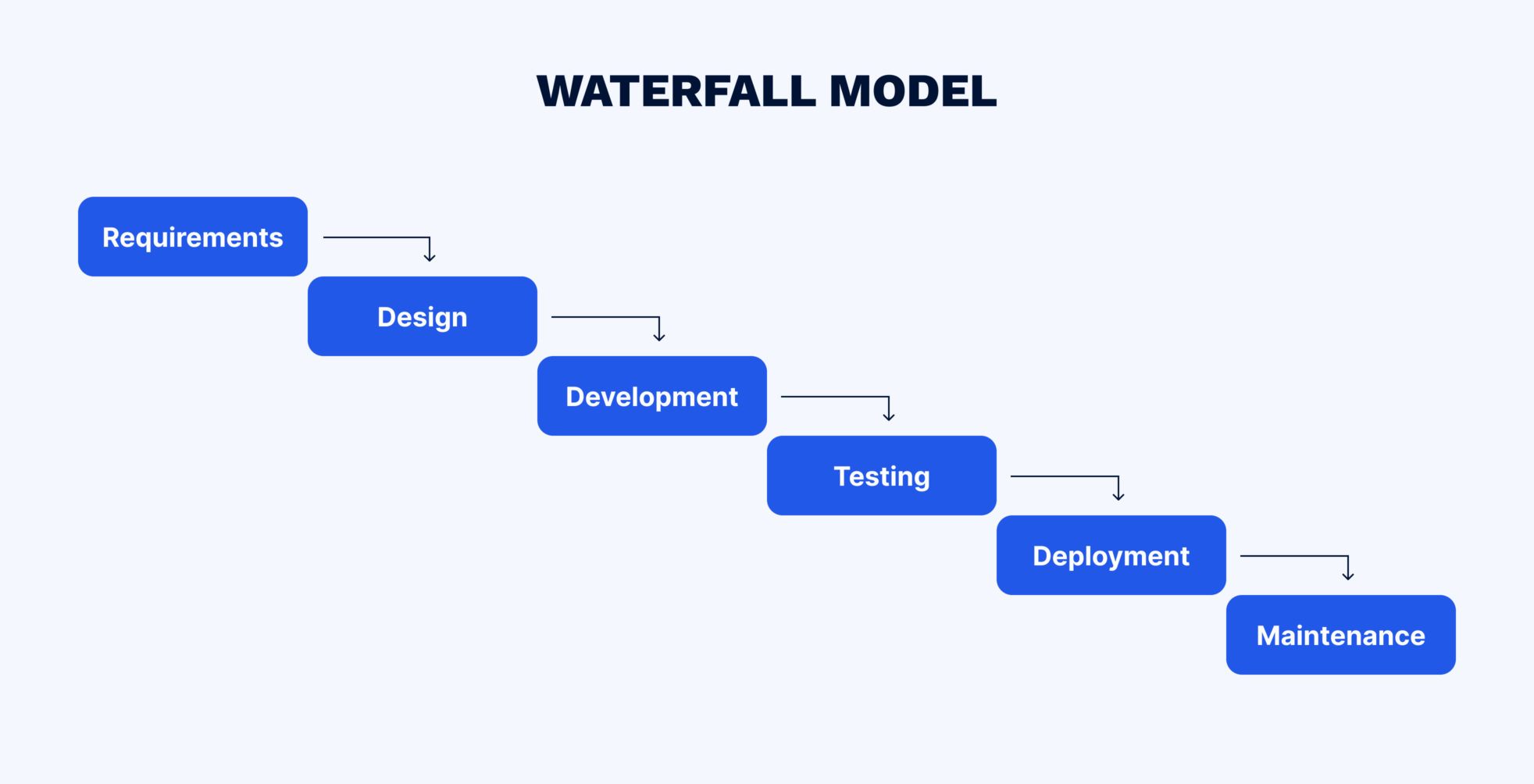
But there is one major drawback: if errors are found in the final product, the entire cycle must be repeated from the beginning. Besides, clients cannot make changes in the project during the development. It may turn out that the final product will not meet all their needs if the market or the business priorities change.
Meanwhile, the endeavor can be approached iteratively. Within the same time, you can go through all the same stages but repeatedly, gradually getting closer to the result.
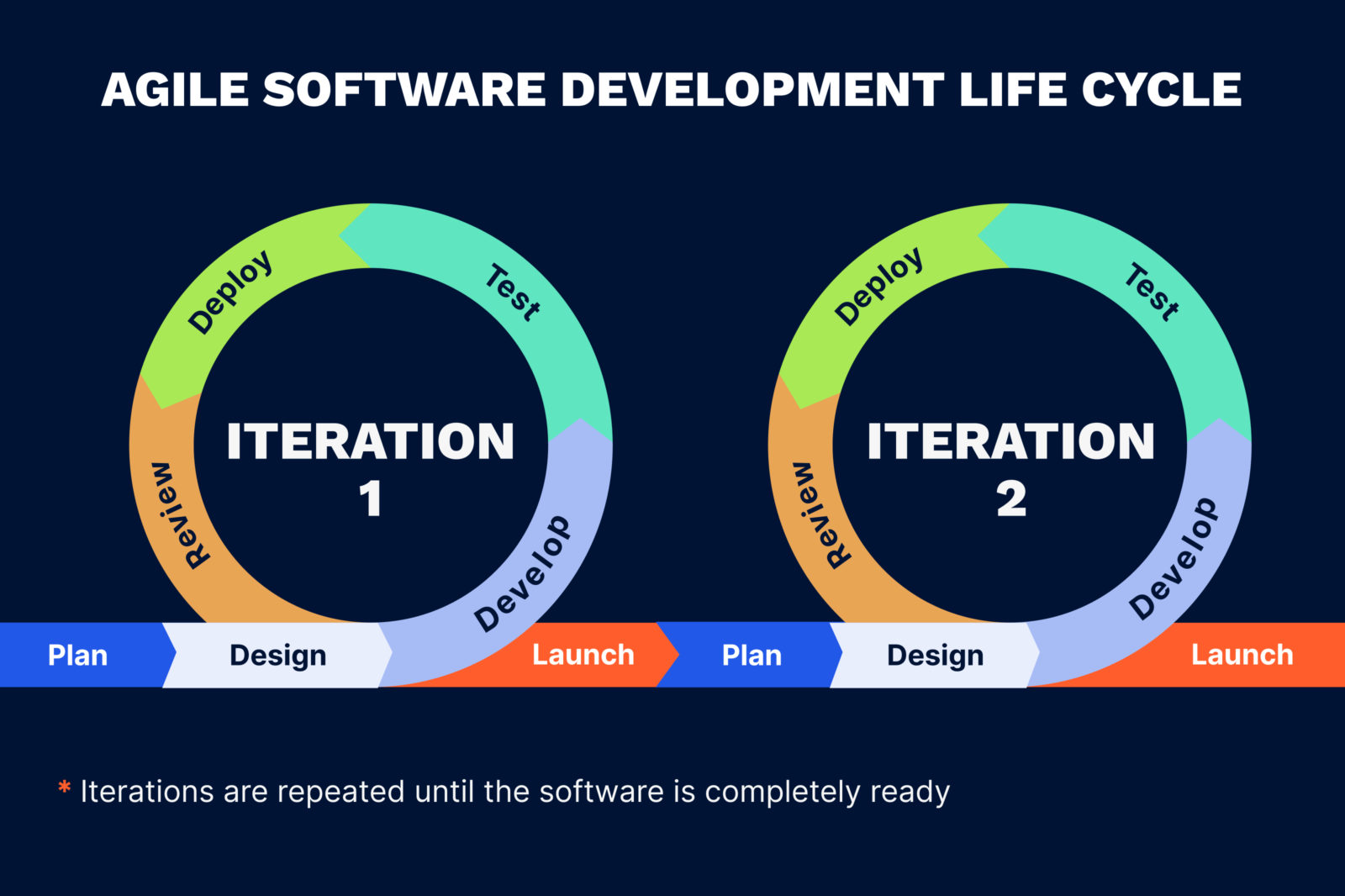
With this approach, at the end of each iteration, the team can demonstrate the tested incremental value to the client, who assesses the work done, gives feedback, and makes adjustments, if needed. This way, if you are heading in the wrong direction, you can quickly change course while minimizing risks.
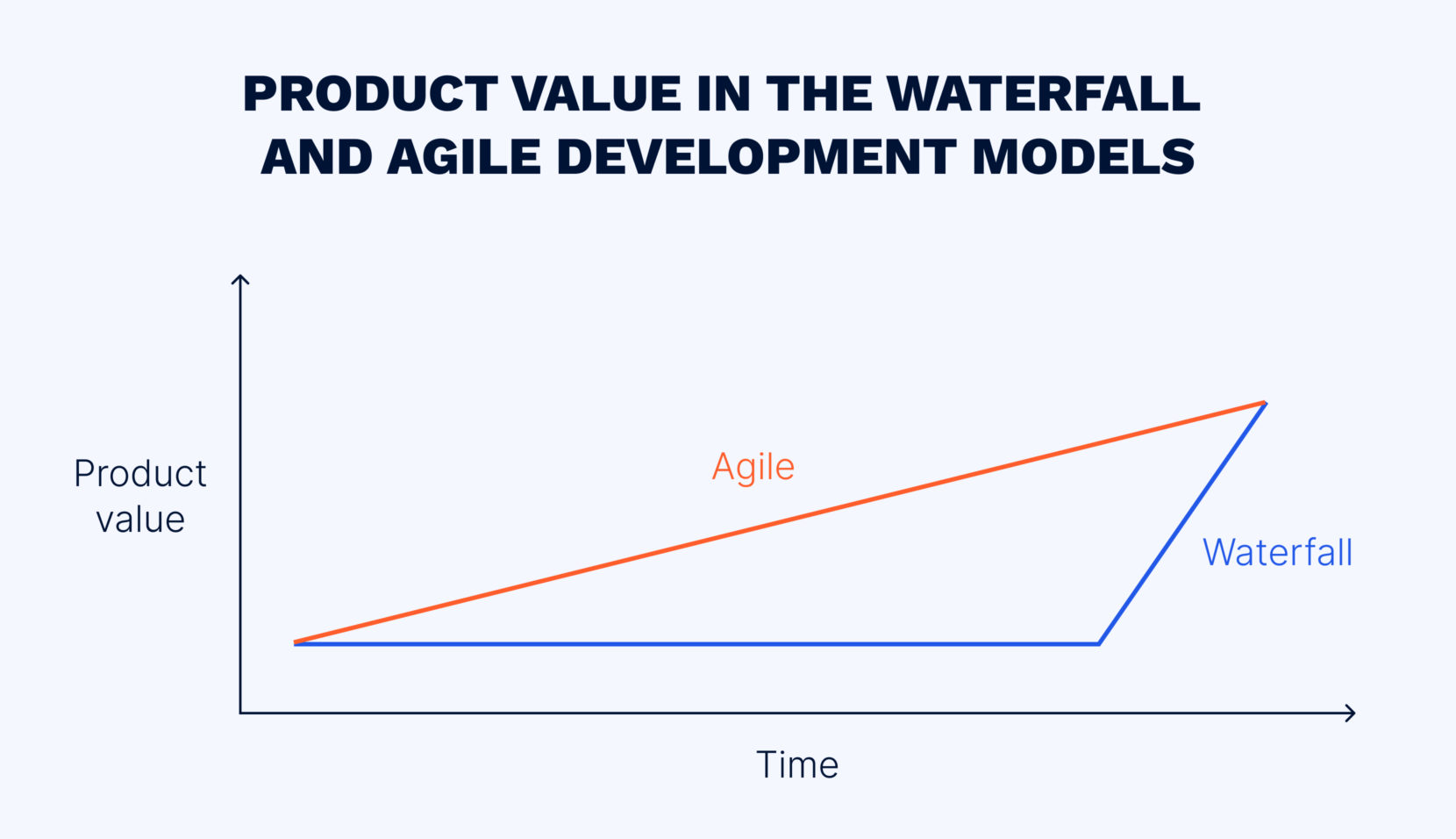
Product value in the Waterfall and Agile development model
Agile is a mindset, a whole culture, a philosophy. And like any philosophical movement, Agile has its own thinkers, doctrine, and adherents.
It all started in 2001 when a group of practitioners gathered together to discuss the future of software development. As a result of this meeting, they established the Agile manifesto, a 68 word statement that identifies:
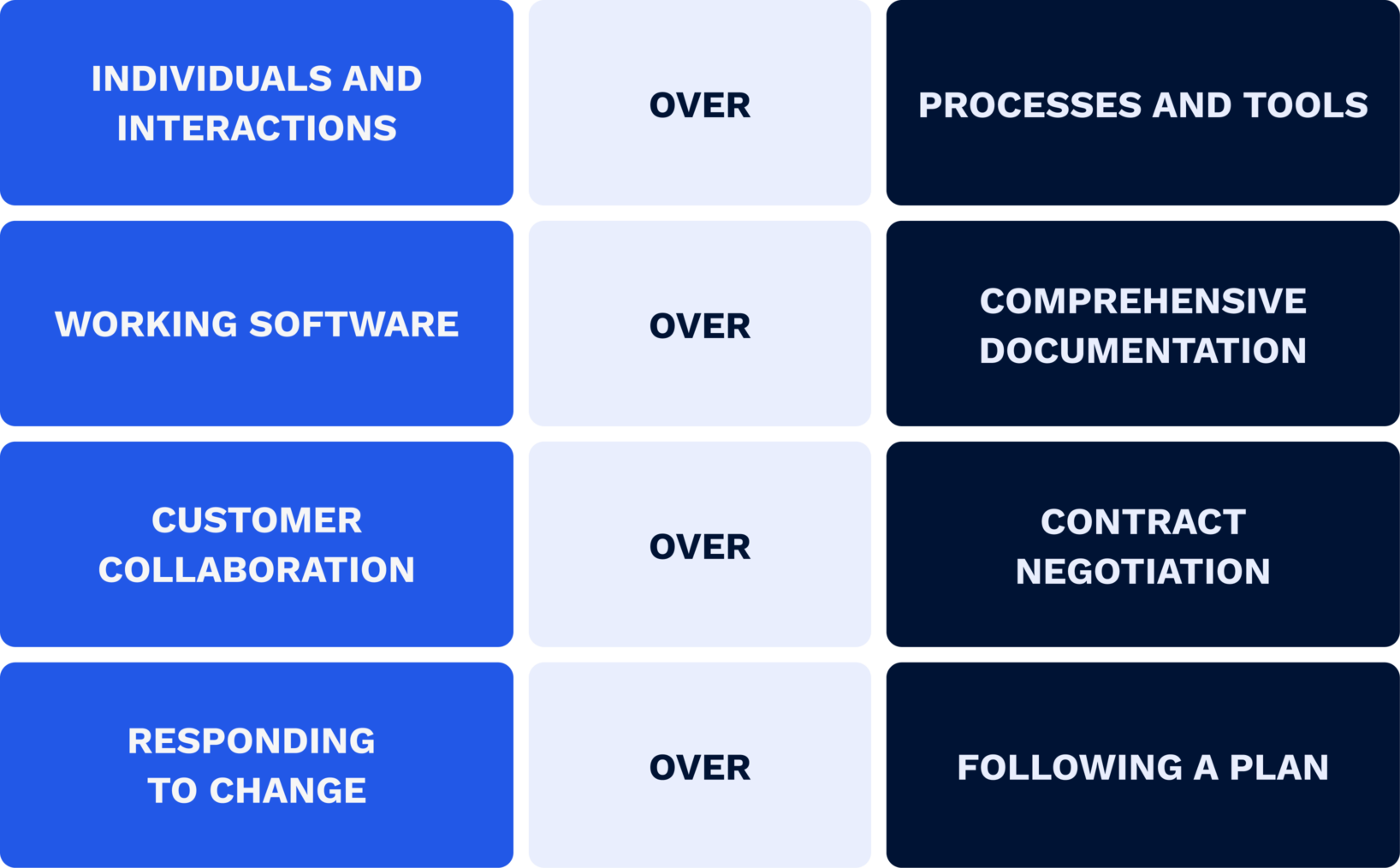
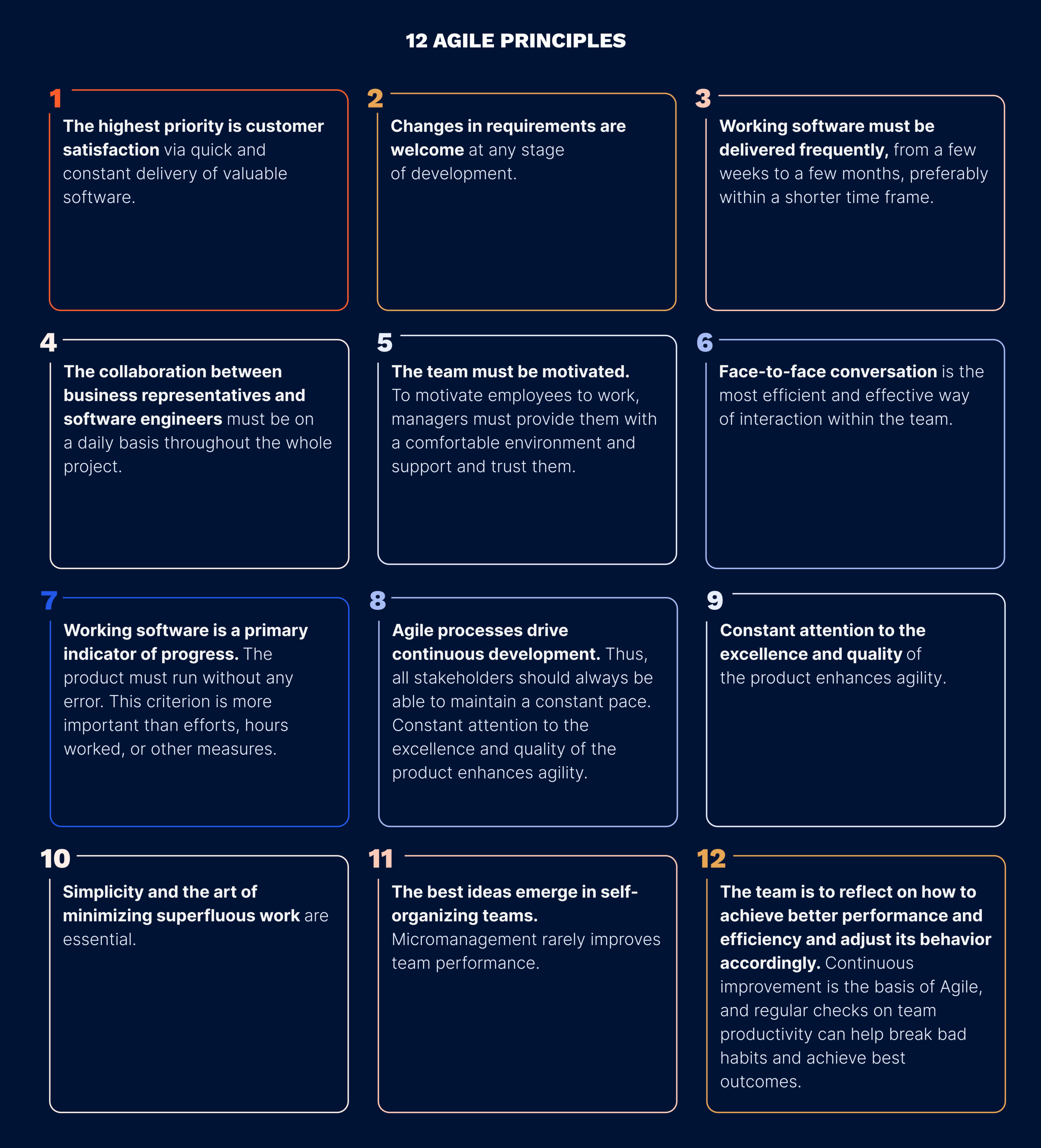
To help Agile adherents follow the philosophy, there are particular methodologies.
Agile is an umbrella for several different methodologies, the most common being Scrum and Kanban.
According to the Scrum Guide, based on empiricism and lean thinking, Scrum is a lightweight framework that helps people, teams, and organizations generate value through adaptive solutions for complex problems.
It combines four formal events for inspection and adaptation within one event, the Sprint. They work because they enable implementation of the empirical Scrum pillars: transparency, inspection, and adaptation. Commitment, Focus, Openness, Respect, and Courage are the five values of the Scrum. This means that team members respect and support each other. They commit to goals and talk openly about problems if any occur. They work as a cohesive unit aligned to make the best progress. This is the very essence of Scrum, which has its own roles, ceremonies, and artifacts.
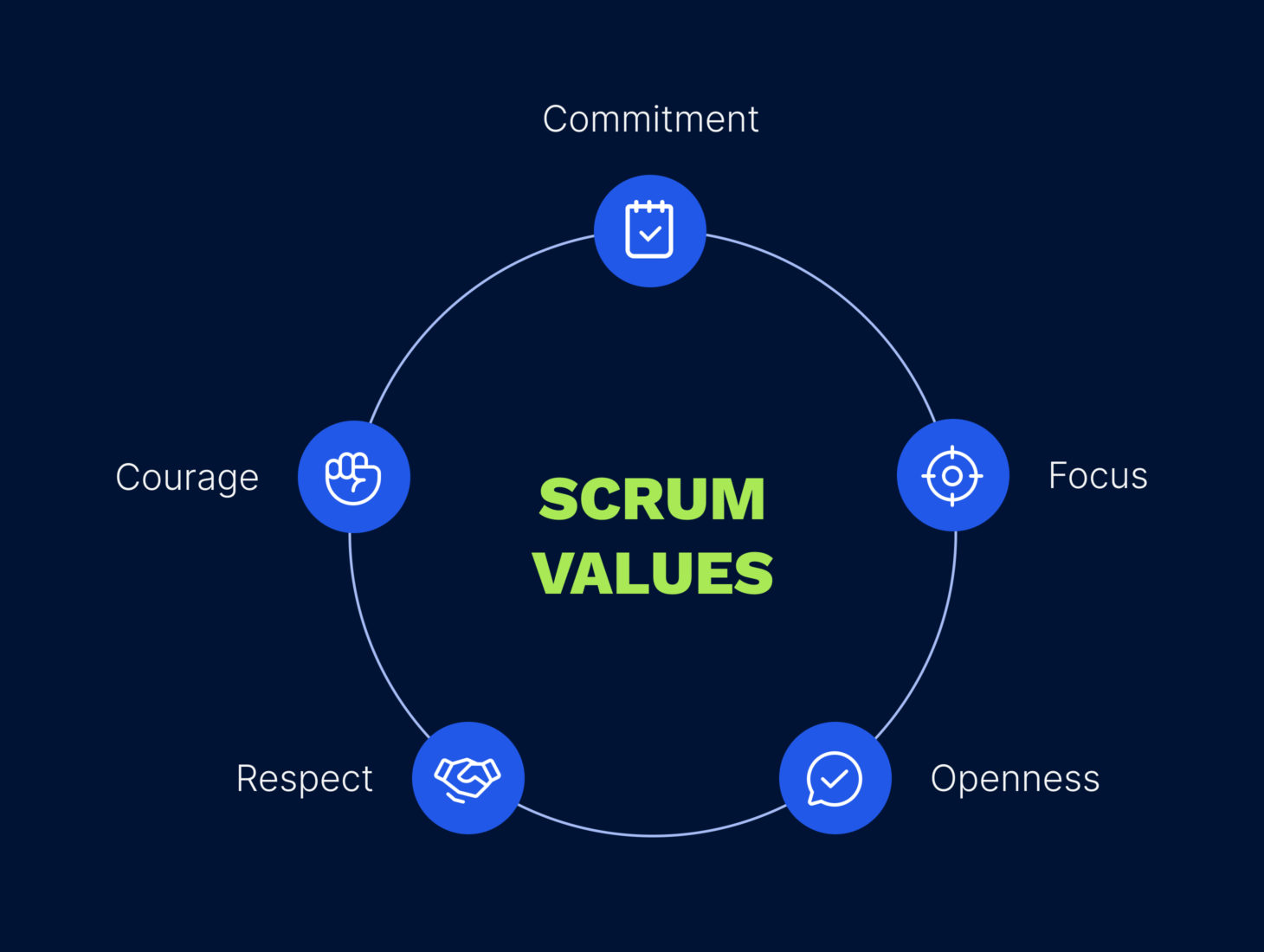
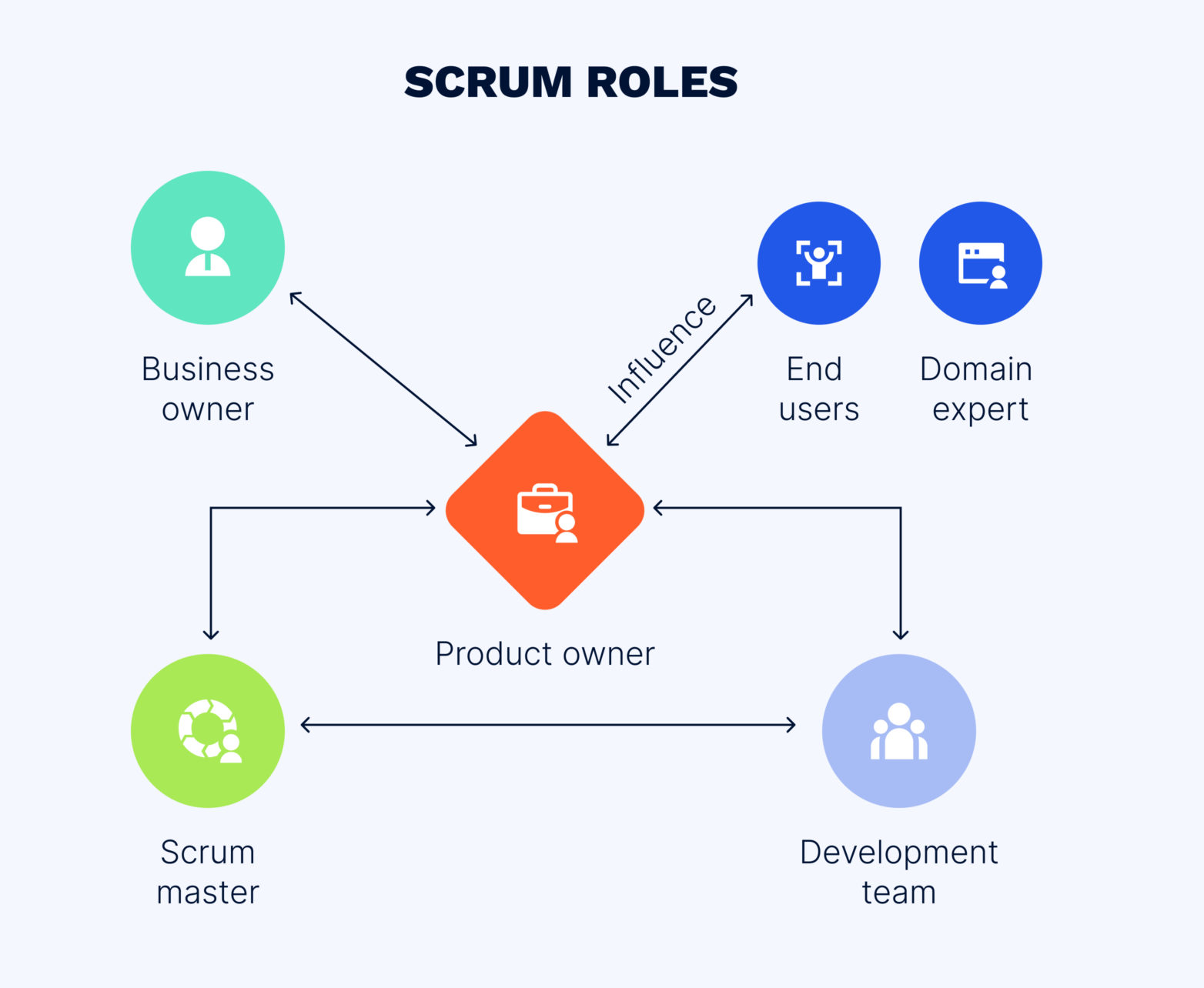
The product owner is an individual who directs the team. This person is in charge of the product backlog, value, and vision. The product owner does not manage the team, but works with them and takes responsibility for the outcome at every stage of the software development, the relevance of all developed features, and achievement of maximum value. To some extent, this is the “single source of truth” in the software creation process.
The Scrum team is a multifunctional group of people responsible for the product creation. It includes developers, business analysts, quality assurance engineers, architects, and other experts depending on the project needs. The team members must self-organize to perform the task effectively, meaning that they should decide themselves how to split the work into tasks and allocate the assignments among individuals. The perfect team size includes 3-10 people. A larger number is inefficient because the more people there are, the more difficult they are to manage.
The scrum master is a keeper of the process, whose main purpose is to assist the team in achieving the goal. This person ensures that the process runs smoothly by organizing and facilitating critical meetings.
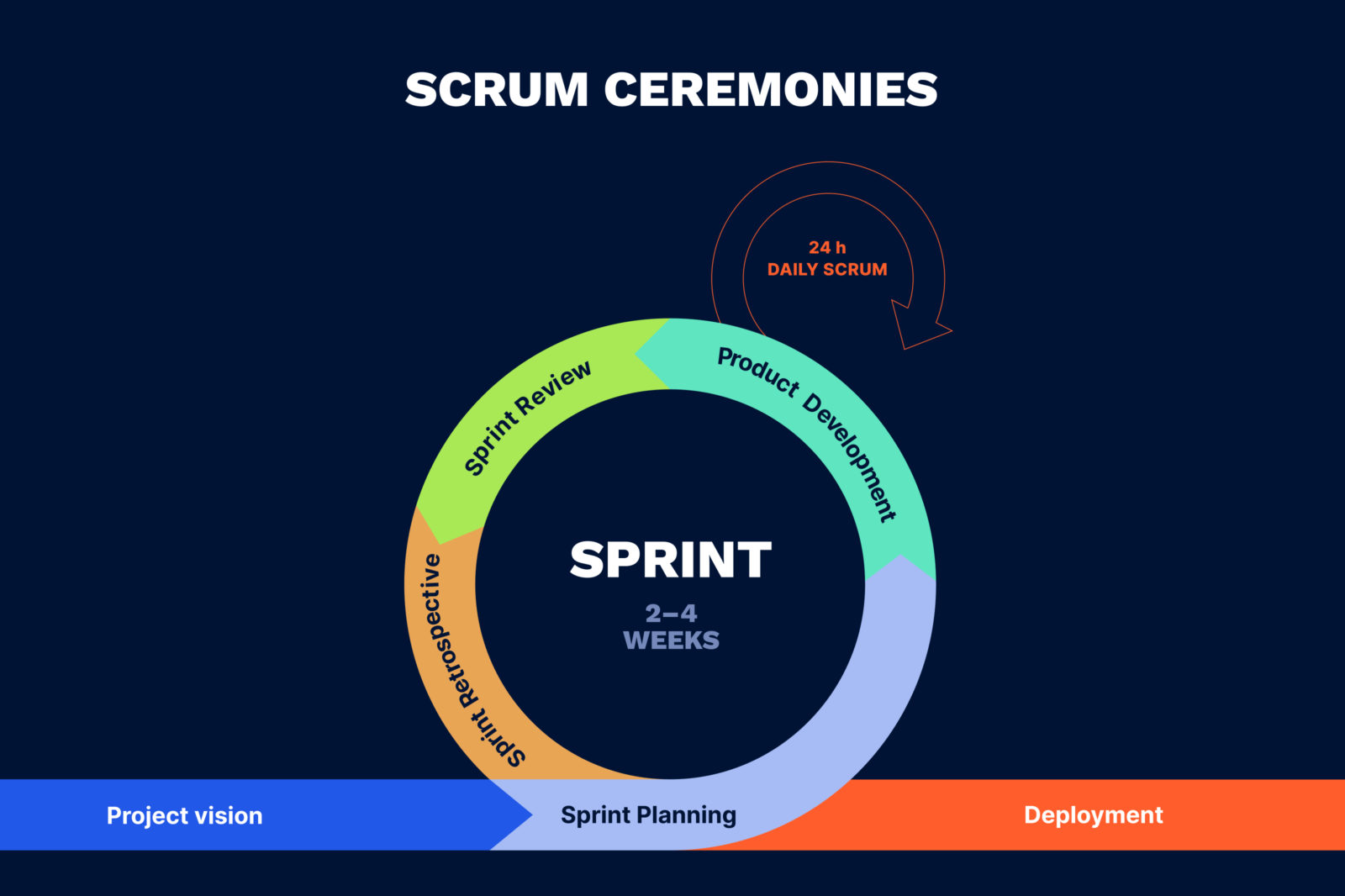
The core principle of Scrum is the division of project development into stages, which are called sprints, that usually last 2-4 weeks. During each sprint, there are five Scrum events that are held to provide transparency and regular communication. They are:
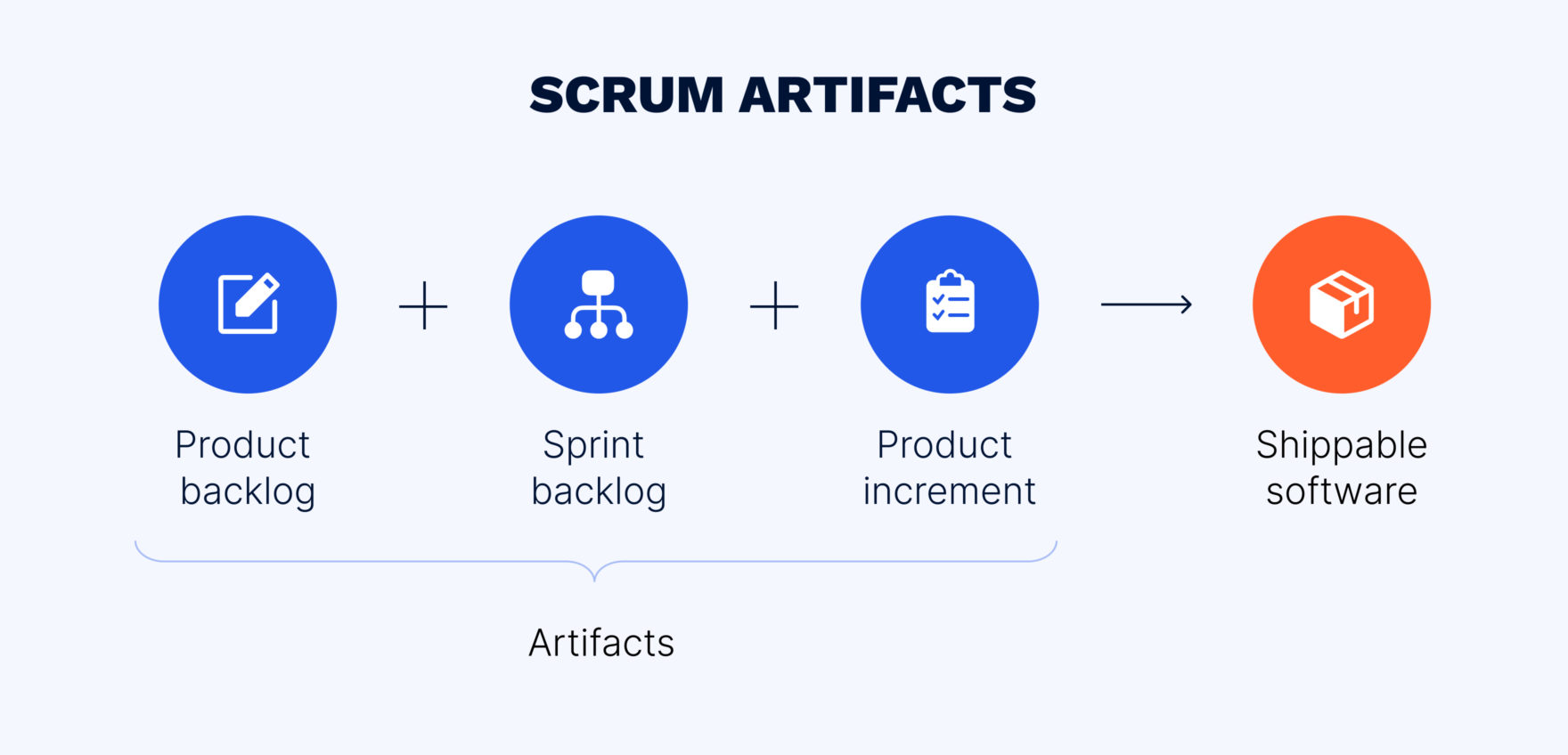
Product Backlog is a detailed, organized, and constantly updated list of the features, enhancements, tasks, or requirements needed to build or improve a product.
Sprint Backlog is a set of product backlog tasks that must be accomplished during a sprint.
Product Increment is the deliverables produced during a sprint. It also includes increments from previous iterations.
When there is a need to visualize the work process, limit the amount of tasks, and track and optimize the time taken, the Kanban framework is a strong option. This approach involves controlling the process by dividing it into stages. The most common are to do, in progress, review, and done. There can be more, depending on the organizations’ workflow.
These stages are visualized on a board with stickers detailing tasks, priorities, and deadlines. Employees decide by themselves what to do and in what order to achieve the best result. To automate this process, there are various software tools, such as Jira, Trello, Monday, etc.
Such a methodology assumes real-time communication and full transparency of work. With the Kanban methodology, managers can see the progress of the team, its weakest link, and its strongest member. Simply put, Kanban enables full clarity, which builds trust, commitment, and motivation of the employees.
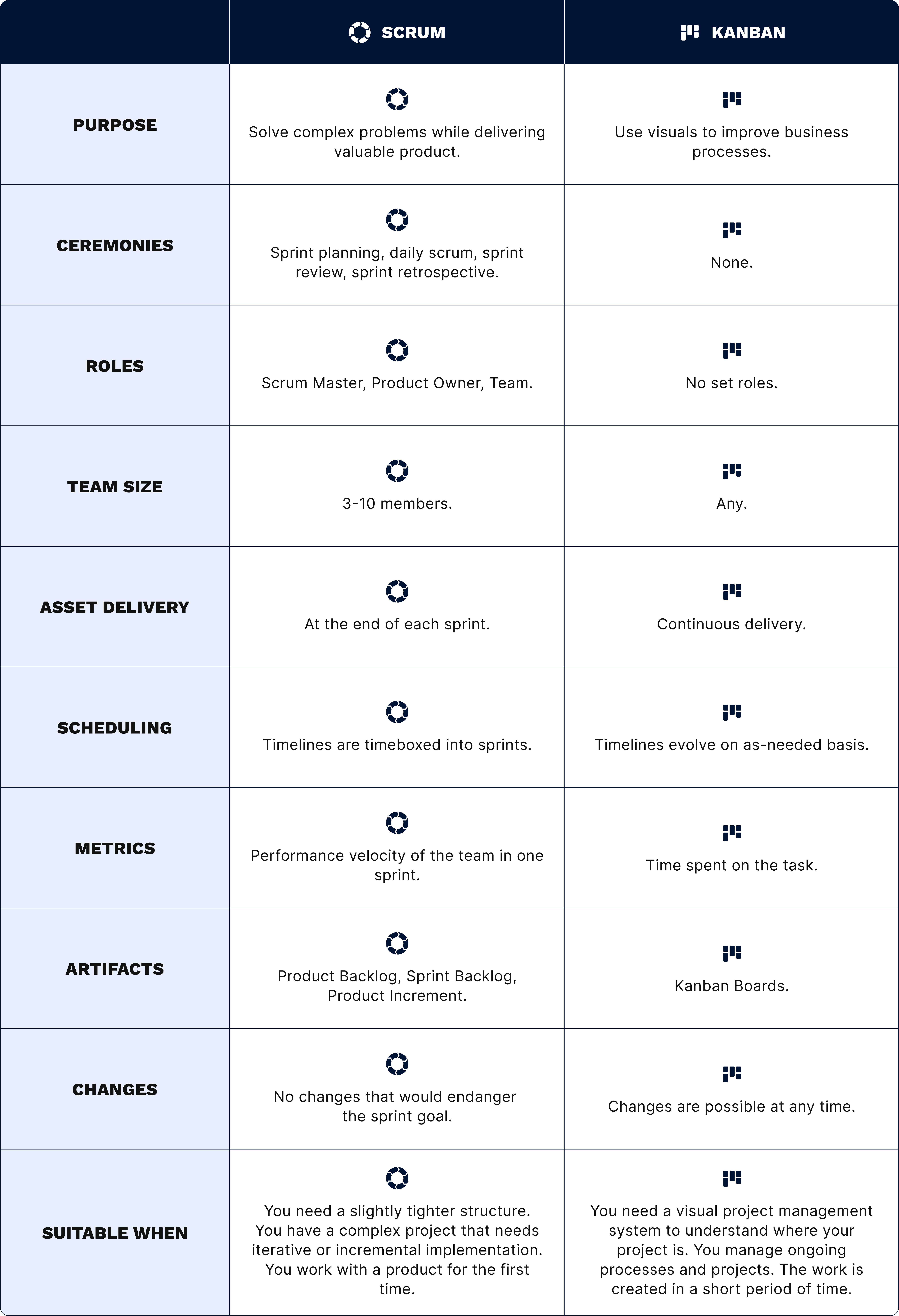
In fact, Scrum and Kanban are not contradictory. They can be used in combination to maximize benefits of Agile methodology.
It is worth understanding why Agile is so attractive that a growing number of companies choose to adopt it. This is all a matter of the benefits of Agile software development, such as:
Despite the large number of advantages, Agile is not a panacea: it is not suitable for all businesses.
Agile development methodology is the perfect option when the product is created under conditions of uncertainty and competition. However, this approach is inferior to the classical Waterfall model, when:
If you think Agile is exactly what you are missing, here are some tips for implementing Agile in your organization:
In the future, you are likely to make some adjustments. Agile is a flexible methodology that relies on constant communication with the team and analysis of the outcomes.
We have described the key steps for adopting Agile methodology. The detailed algorithm depends on the specifics of each particular business, tasks, and competencies of the executors.
Although Agile has its origins in IT, it is applicable to other fields, ranging from finance to healthcare. Here are a few success stories of non-software companies that adhere to Agile.
The success of one of the world’s largest music streaming service providers is largely driven by a unique approach to building workflow based on Agile. Spotify’s experience in mastering Agile has influenced the way many companies approach organizing their teams. The core idea is not to follow any particular methodology — instead, each team determines which practice to implement.
PayPal is a global leader in the payments domain. By the time the company began the transition to business agility, it had already been a solid player in the market. However, the financial services provider faced problems such as leak of project focus, poor dependencies management, and multiple orphaned projects. To solve these issues, the company decided to implement Agile.
Consequently, they achieved transparency by reflecting all ongoing projects in one place, which optimized dependencies management. Furthermore, teams became closer to their clients due to a deeper understanding of the wants and needs of end users.
Before using Agile, AstraZeneca, one of the leading science-led biopharmaceutical companies, faced challenges related to poor capacity planning and resource management, lack of data and information transparency, and missing information sharing about projects.
As a result of Agile implementation, the company created centralized project management and launched a common vision. A well-defined approach for managing work enabled teams to better align projects and activities and improve status reporting, while satisfying stakeholder requirements. All this allowed AstraZeneca to increase production levels and maintain a competitive advantage.
Adopting Agile methodology can lead to significant improvements in various industries, as demonstrated by the success stories of Spotify, PayPal, and AstraZeneca. By following the key steps for implementing Agile, companies can increase their productivity, improve project management, and enhance their competitiveness in the market.
Looking for a top-notch Agile software development partner? Contact us to get a project estimate.
Our team would love to hear from you.
Fill out the form, and we’ve got you covered.
What happens next?
San Diego, California
4445 Eastgate Mall, Suite 200
92121, 1-800-288-9659
San Francisco, California
50 California St #1500
94111, 1-800-288-9659
Pittsburgh, Pennsylvania
One Oxford Centre, 500 Grant St Suite 2900
15219, 1-800-288-9659
Durham, North Carolina
RTP Meridian, 2530 Meridian Pkwy Suite 300
27713, 1-800-288-9659
San Jose, Costa Rica
C. 118B, Trejos Montealegre
10203, 1-800-288-9659